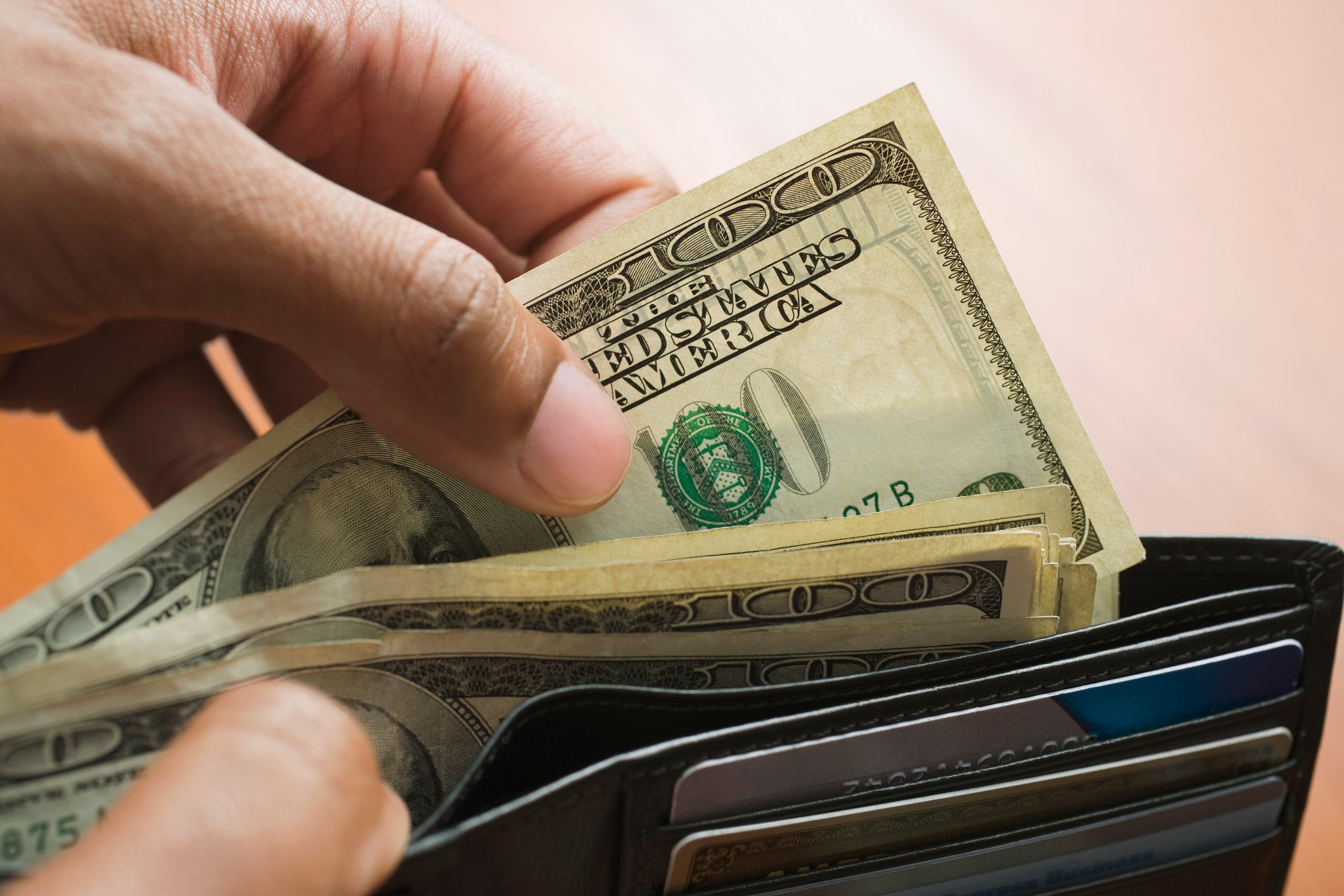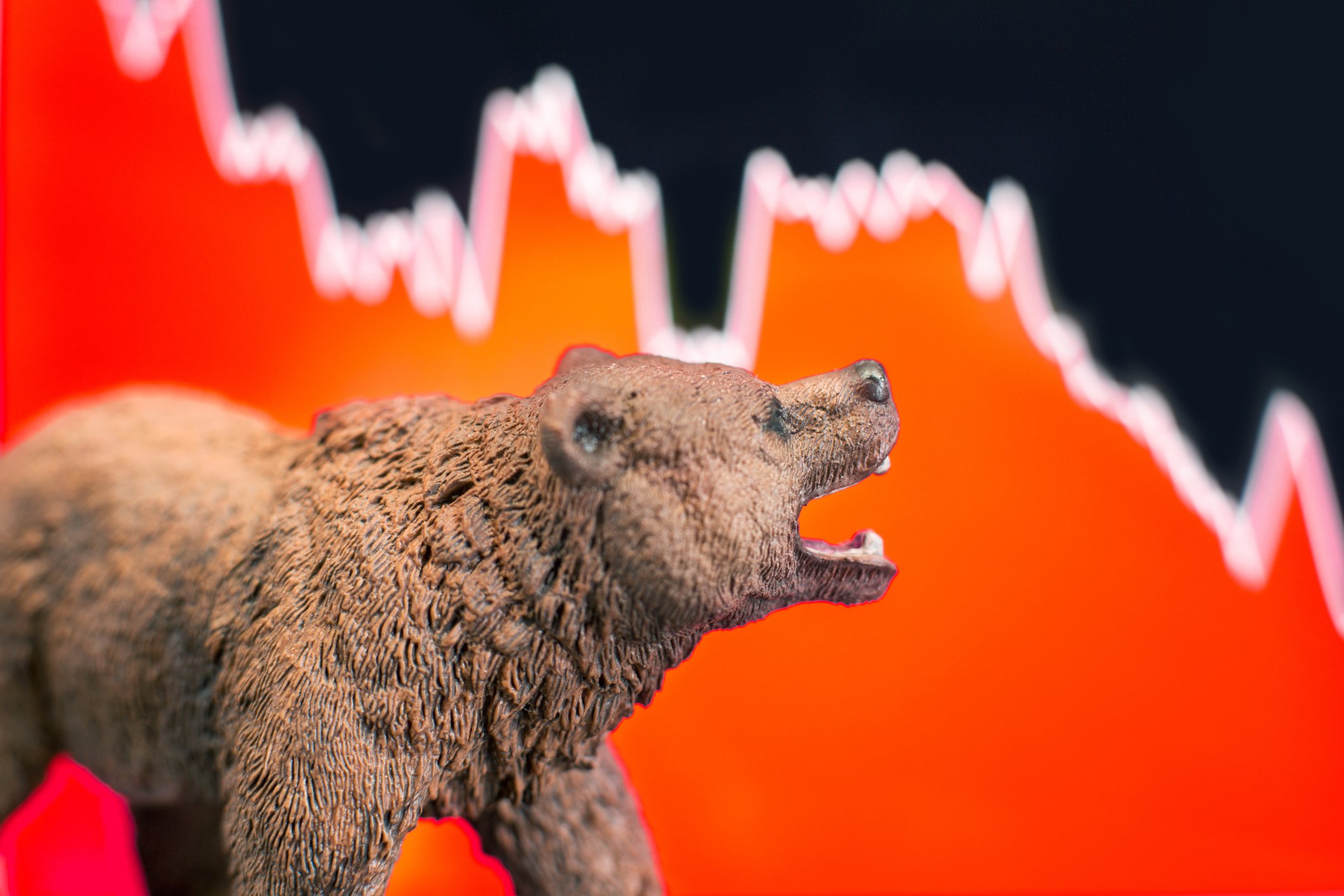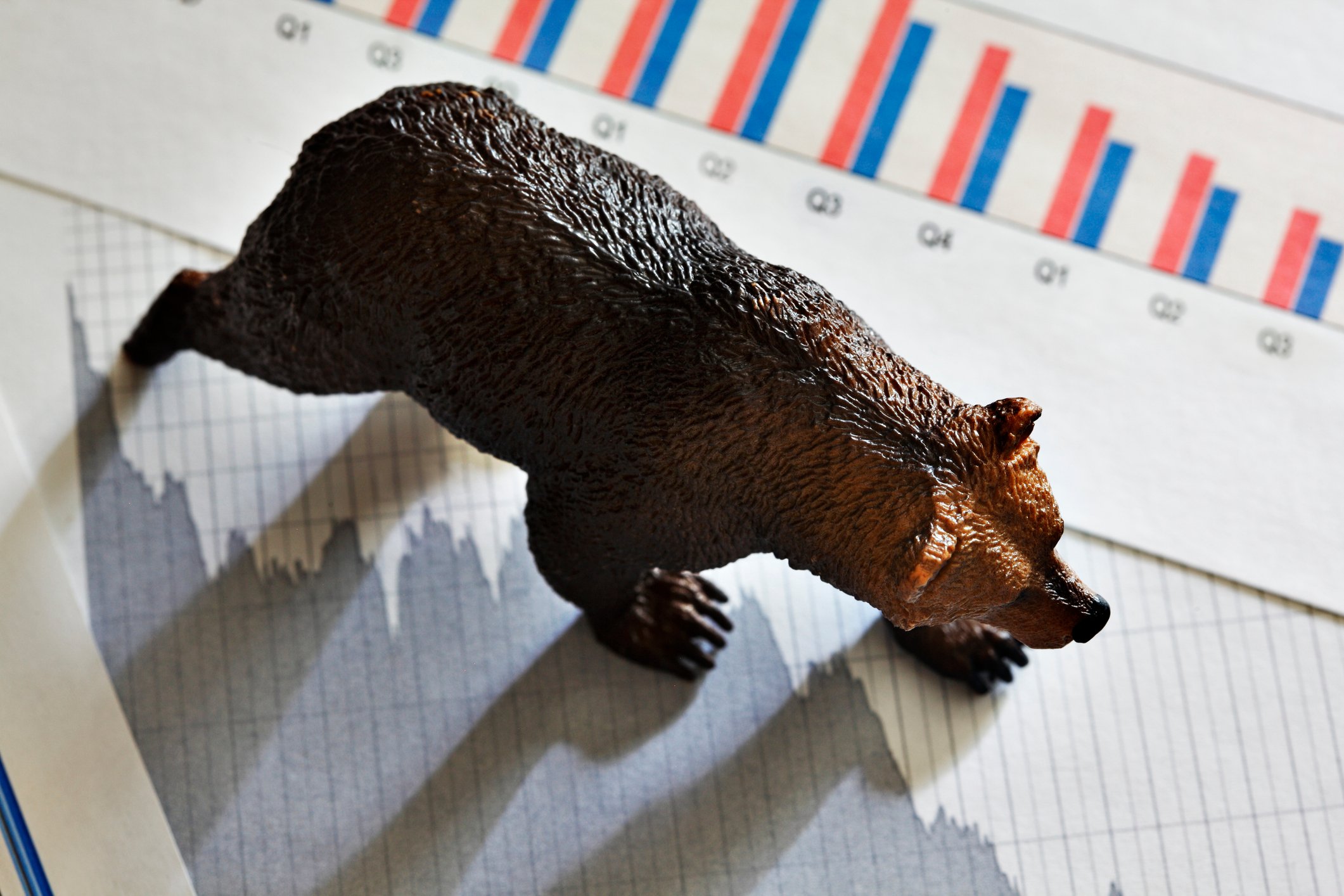For more than 16 months, Wall Street and investors have enjoyed a historic bounce-back rally. With no notable declines to speak of this year, the widely followed S&P 500, iconic Dow Jones Industrial Average, and tech-heavy Nasdaq Composite have all blasted to record levels.
While some folks might be leery of putting money to work in the market near an all-time high, history has demonstrated time and again that when you buy isn't nearly as important as how long you plan to hold. If you're adding top-notch companies to your portfolio and allowing your investment thesis to play out over time, buying stocks now could look like a bargain in a few years' time.
Best of all, you don't need Warren Buffett's or Cathie Wood's pocketbook to build wealth on Wall Street. If you have $1,500, which won't be needed to cover emergencies or pay bills, this is more than enough to buy some of Wall Street's most surefire stocks.

Image source: Getty Images.
Berkshire Hathaway
If investors were to look up "surefire" in a dictionary, an argument could be made that you'd see Warren Buffett's photo plastered next to a 56-year performance chart of his company, Berkshire Hathaway (BRK.A 0.05%)(BRK.B 0.24%).
Since taking over as CEO in 1965, Buffett has led Berkshire to an annual average return of 20% -- and that's without paying a single penny in dividends to his company's shareholders. In aggregate, Buffett has overseen the creation of more than $500 billion in shareholder value, all while his company's stock (the Class A shares) has gained close to 3,400,000%. That's what we call a time-tested stock that's just begging to be bought.
One of the many perks of purchasing Berkshire Hathaway stock is that you get Warren Buffett indirectly managing a percentage of your assets. Buffett has a knack for picking out businesses that have sustainable competitive advantages. He's packed Berkshire Hathaway's $320 billion investment portfolio with successful, time-tested businesses, and quite a few of the five dozen companies Berkshire has acquired are key industry players (e.g., BNSF in railroads and GEICO in insurance).
This brings me to the next point: Buffett loves cyclical companies. A majority of Berkshire Hathaway's investment portfolio is tied up in information technology, financials, and consumer staples. Even though recessions are an inevitable part of the economic cycle, the Oracle of Omaha keenly understands that periods of economic expansion last considerably longer than periods of contraction. Buffett simply sets his company's portfolio up to take advantage of this natural expansion of gross domestic product.
And don't overlook the dividends. Berkshire Hathaway may not pay a dividend to its shareholders, but it's on track to collect over $5 billion in dividend income (including preferred dividend income) this year. That's a boatload of cash for being patient and allowing great companies to do their thing.

Image source: Getty Images.
SSR Mining
Another surefire stock that's begging to be bought is mid-cap gold and silver miner SSR Mining (SSRM 2.38%).
Roughly a decade ago, when physical gold hit its previous nominal price peak, gold stocks were tossing money at development projects like cash wasn't a concern. But when the price of gold retreated in the subsequent years, it left mining companies scrambling to reduce debt and improve their balance sheets. Today, the industry is full of value stocks with vastly improved financial flexibility. SSR Mining is near the top of the class.
Last year, SSR completed a merger of equals with Turkey's Alacer Gold. This deal combined SSR's three producing assets (the Marigold and Seabee gold mines, along with the silver-focused Puna Operations) with Alacer's Copler gold mine. Effectively, the new SSR doubled its annual production potential and added a mine capable of sustainable low-cost output. According to the company, it should be capable of 700,000 gold equivalent ounces (GEO) to 800,000 GEO of output for at least the next five years. Further, its all-in sustaining costs are likely to push well below $1,000 per gold ounce as mining efficiencies are implemented.
Equally impressive is SSR Mining's balance sheet. It ended June with $870 million in cash and cash equivalents and sported a net cash balance of more than $500 million. With $450 million in annual free cash flow expected through 2022, the company has initiated a $0.05 quarterly dividend and allocated up to $150 million for share buybacks. With the exception of Kirkland Lake Gold, SSR's balance sheet is the sturdiest among mid-cap and large-cap gold stocks.
If this still isn't enough for you to feel confident in SSR Mining, consider that the prospects for physical gold remain lustrous. In the near term, spot gold should benefit from persistently low bond yields. Over the longer run, the prospect of rising inflation should have investors flocking to buy physical gold as a store of value. In other words, between SSR's operational execution and the luster of physical gold, things are looking up.

Image source: Getty Images.
AstraZeneca
A final surefire stock begging to go to work in investors' portfolios is pharmaceutical giant AstraZeneca (AZN +0.28%).
For roughly two decades, AstraZeneca was dead money, minus its dividend. The patent cliff, coupled with tough competition in a handful of indications, made the sledding tough for this U.K.-based drugmaker. But with innovation and acquisitions now driving growth, the new AstraZeneca is poised to deliver for patient investors.
On the innovation front, AstraZeneca has four blockbusters doing a lot of the heavy lifting. This includes the cancer-drug trio of Tagrisso, Imfinzi, and Lynparza, which respectively grew sales by 22%, 22%, and 19% during the first half of 2021, and next-generation type 2 diabetes drug Farxiga, which delivered 60% sales growth in the first half of the year. Altogether, these four blockbusters have accounted for over a fifth of AstraZeneca's product sales in 2021, and they have a good chance to sustain double-digit sales growth through mid-decade.
When it comes to acquisitions, AstraZeneca made a splash when it gobbled up Alexion Pharmaceuticals for $39 billion. Alexion is an ultra-rare-disease drug developer. While there are clear risks of targeting very small pools of patients during drug development, the reward is little or no competition for a successful therapy, as well as no pushback from insurers on high list prices for approved ultra-rare drugs.
To add, Alexion made the incredibly smart move to develop a next-generation replacement therapy for its blockbuster rare-disease drug Soliris. This new treatment, Ultomiris, is administered far less frequently than Soliris. By developing this treatment, Alexion ensured that it would hang on to its cash flow even after Soliris' sales exclusivity ended. For AstraZeneca, the Alexion deal likely provides another decade of cash flow expansion.









